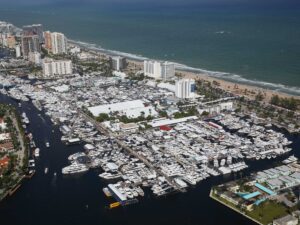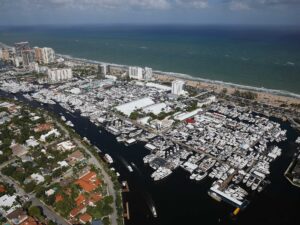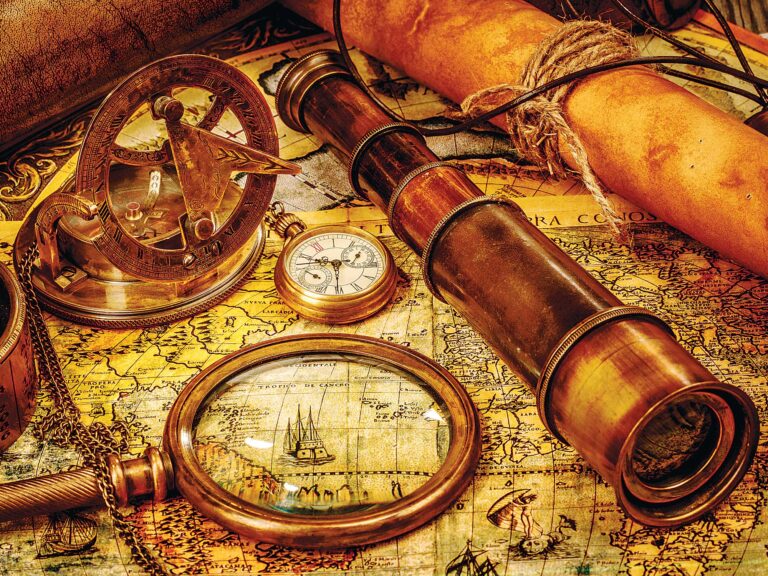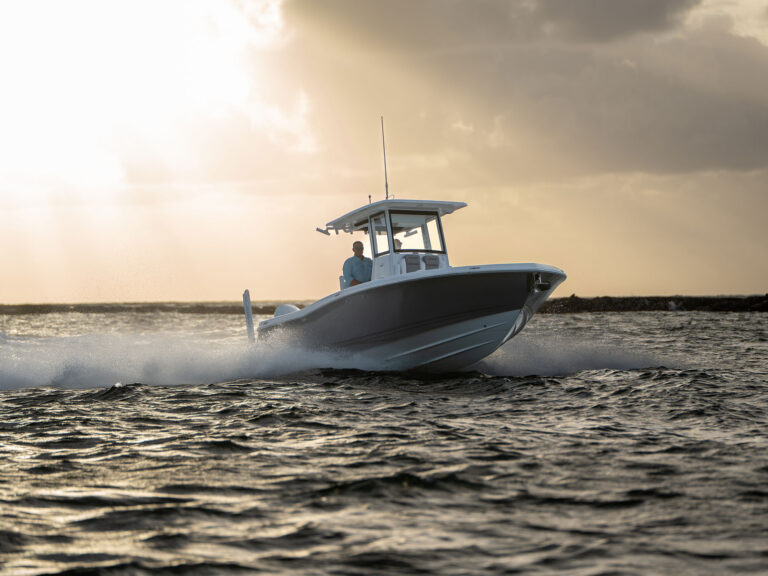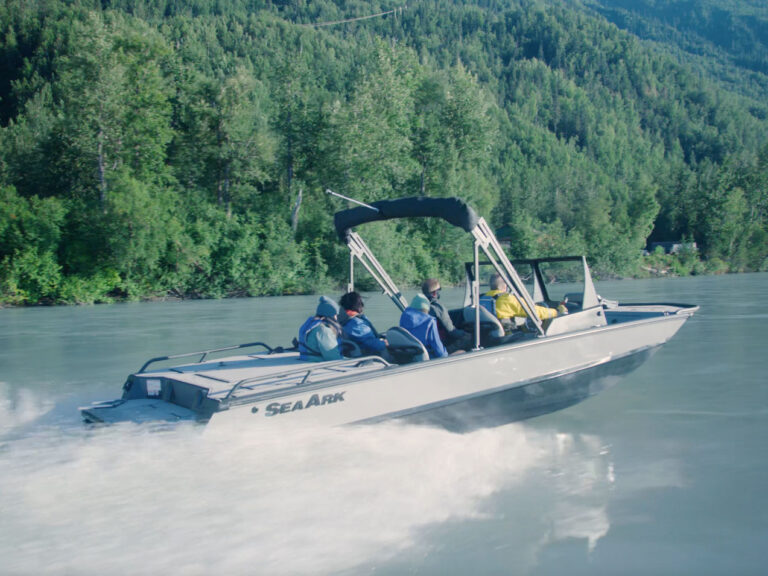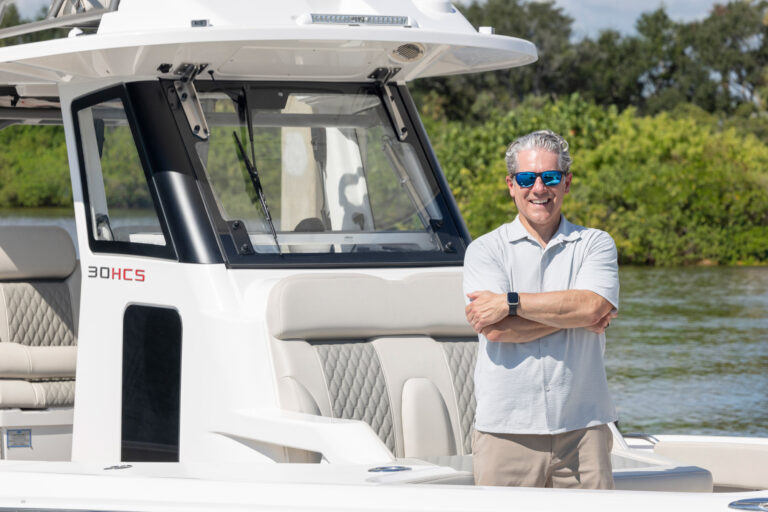
Seakeeper, a company that made its name with marine gyrostabilizer systems, is now parlaying that reputation with the Ride system designed for automatic control of pitch and roll while underway. Engineered for boats up to 35 feet in length, Ride can eliminate up to 70 percent of pitch and roll, according to the company, though each boat will respond differently to the system. Ride differs from a gyrostabilizer that controls roll at rest and while underway. Ride works to control pitch as well as roll, but only at planing speeds.
The Ride system uses a pair of interceptor-like controllers (one on each side of the bottom of the transom). The electrically powered rotary actuators can adjust the blades up and down with mind-boggling speed.
“Seakeeper Ride’s proprietary, rapid-deployment rotary blades make 100 adjustments every second,” says Andrew Semprevivo, president and CEO of Seakeeper. Those adjustments are based on taking 1,000 measurements every second, and the controllers operate at speeds up to 300 mm per second, according to Seakeeper.

The sealed electric controllers are housed outside the transom. Only one small hole is required to pass the power cable into the bilge area. The module itself attaches with a high-strength adhesive such as Plexus. A qualified installer should complete the system installation to ensure the modules properly adhere.
The actuators interface with electronic three-axis sensing hardware that understands how the boat is behaving in terms of pitch, roll and yaw, then sends commands to the actuators to instantaneously control bow oscillation and roll. It can also “learn” the boat and sea conditions to deliver the best ride.
A helm keypad turns the system off and on, but Ride also networks with compatible multifunction displays that offer graphics showing operational parameters with touchscreen control. To explore the difference Ride can make, we ran a Bluewater 2850 at speeds up to 37 mph. With the automatic function off, the bow rose and fell at the mercy of the 3-foot waves.
This pitch oscillation robs the boat of efficiency. With Ride in auto mode, bow oscillation was minimal, allowing the sharp entry to cut the waves when necessary, but also allowing the bow to rise slightly to skim the water between waves. Ride eliminated about 45 percent of oscillation on this boat.

To test for correcting a list, we shifted crewmembers from side to side. Without the auto function, the boat developed a list. With the auto function on, the boat never departed from an even keel.
Turns feel different too. In auto mode, the boat still leaned in turns, but not nearly as much as without it, boosting the comfort level.
Read Next: Engineering Boats for Seakeepers
I asked Semprevivo if Ride can smooth out a rough-riding boat. “It will make a rough-riding boat less rough and a smooth-riding boat even smoother,” he says.
Ride is offered with four controller models of varying blade sizes, including the Ride 450 for boats 19 to 26 feet ($4,500), the Ride 525 for boats 27 to 30 feet ($7,500), and the Ride 600 for boats 31 to 35 feet ($10,500). The system is available as factory equipment on select models from brands such as Chris-Craft Boats, Dynamic Boats, Jupiter Boats, Scout Boats and Sportsman Boats. Ride is also available in aftermarket add-on kits. To learn more, visit seakeeper.com.

